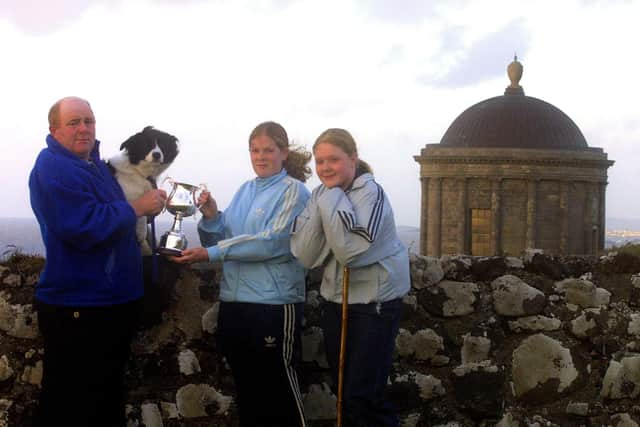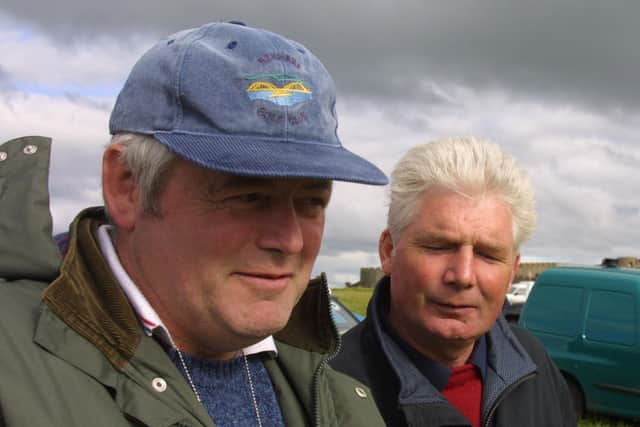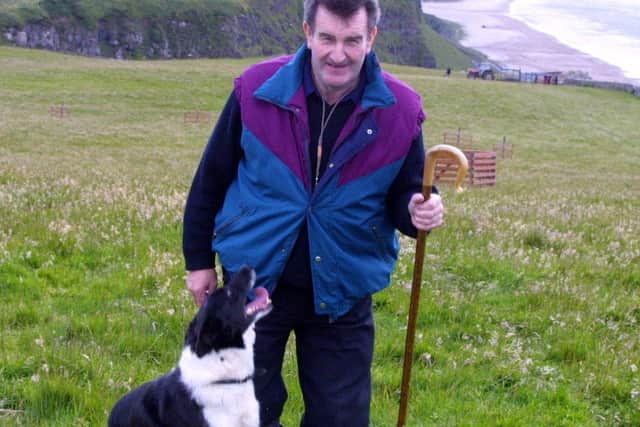NI Milk Council explains increase in local milk prices in Ulster (1938)
and live on Freeview channel 276
The statement read as follows: “The Joint Milk Council for Northern Ireland has held three meetings to consider milk prices for the year 1938-39, and two further meetings were held by a sub-committee of the council appointed to consider the accounts which had been obtained by the Ministry of Agriculture from producers and distributors showing the costs of the production and distribution of milk last year.
“Although substantial agreement was reached by members of the council on a number of points it was impossible to secure unanimous agreement on all points and, consequently, a decision had to be taken by the members appointed by the Minister of Agriculture, Colonel A B Mitchell, DL, MP, and Senator J G Leslie, DL.
Advertisement
Advertisement
“After careful consideration they decided they would not be justified in granting the farmers’ demand for an increase and they, therefore, decided that producers’ prices should remain the same as last year, and the producer representatives finally agreed to accept a continuation of the 1937-38 prices.”


The statement from the Joint Milk Council for Northern Ireland continued: “On the other hand, the appointed members consider that any reduction in the price to the producer would fraught with danger at the present time since the fall in the number of cows and in-calf heifers which was apparent in 1937 has only now been arrested showing the wisdom of last year’s decision to increase producers prices and indicating that the danger of a shortage of milk production has now apparently been avoided.
“With regard to the margin allowed distributors, the council agreed that in the light of the audited accounts which were submitted and the general increase in the price of petrol and other materials which, it is common knowledge, have taken place during the past year, some increase in the distributive margin was necessary but could not reach agreement as to how this increase was to met.”
The council’s statement concluded: “The appointed members felt that some increase must allowed, and decided that an increase of ½d per gallon would be the fairest sum award. They consider the best way this increase can met is by continuing the existing winter prices for an additional three months and shortening the summer period to the months of June and July.
Advertisement
Advertisement
“This increase in retail prices will apply only to Belfast and district and to Londonderry, and there will no increase in retail prices in other parts of the country where producers normally distribute their own milk, and the cost of retailing is. therefore, lower than Belfast and district, where milk has to be conveyed a long distance and sold through the distributive trade.”


Meanwhile, the report of the Ulster Ministry of Agriculture on trade livestock and agricultural produce for the the week ended 27th August, 1938, stated that only moderate offerings of store cattle were offered at cross-channel centres.
It remarked: “The demand was rather limited and clearances were not always effected. Prices continued at recent levels. Average supplies fat cattle met a rather variable trade and prices were often lower.”
The report added: “Dairy cattle were forward in fair numbers, but trade ruled slow for all but the best. Recent rates were usually repeated.”
Advertisement
Advertisement
Turning its attention to fat sheep and lambs, it was reported that there had been “an improved trade and any price changes were upward”.


“Store sheep were also in good demand and prices were well maintained. At the saleyards 23rd August there was a large show at tattle totalling about 1,000 head. Trade was very much similar to the previous week and a large percentage of first grade cattle changed hands,” the report stated.
It added: “Shippers competed with local buyers for the better quality animals and despite the large supply, prices were fairly well maintained. Poor quality, however, cheapened, and the general average for the week declined by 1s 3d to 34s 3 per live cwt. Super grade cattle fetched up to 37s 6d with ordinary commercials at from 33s to 36s per live cwt. Second grade cattle made from 32s to 33s per live cwt.”